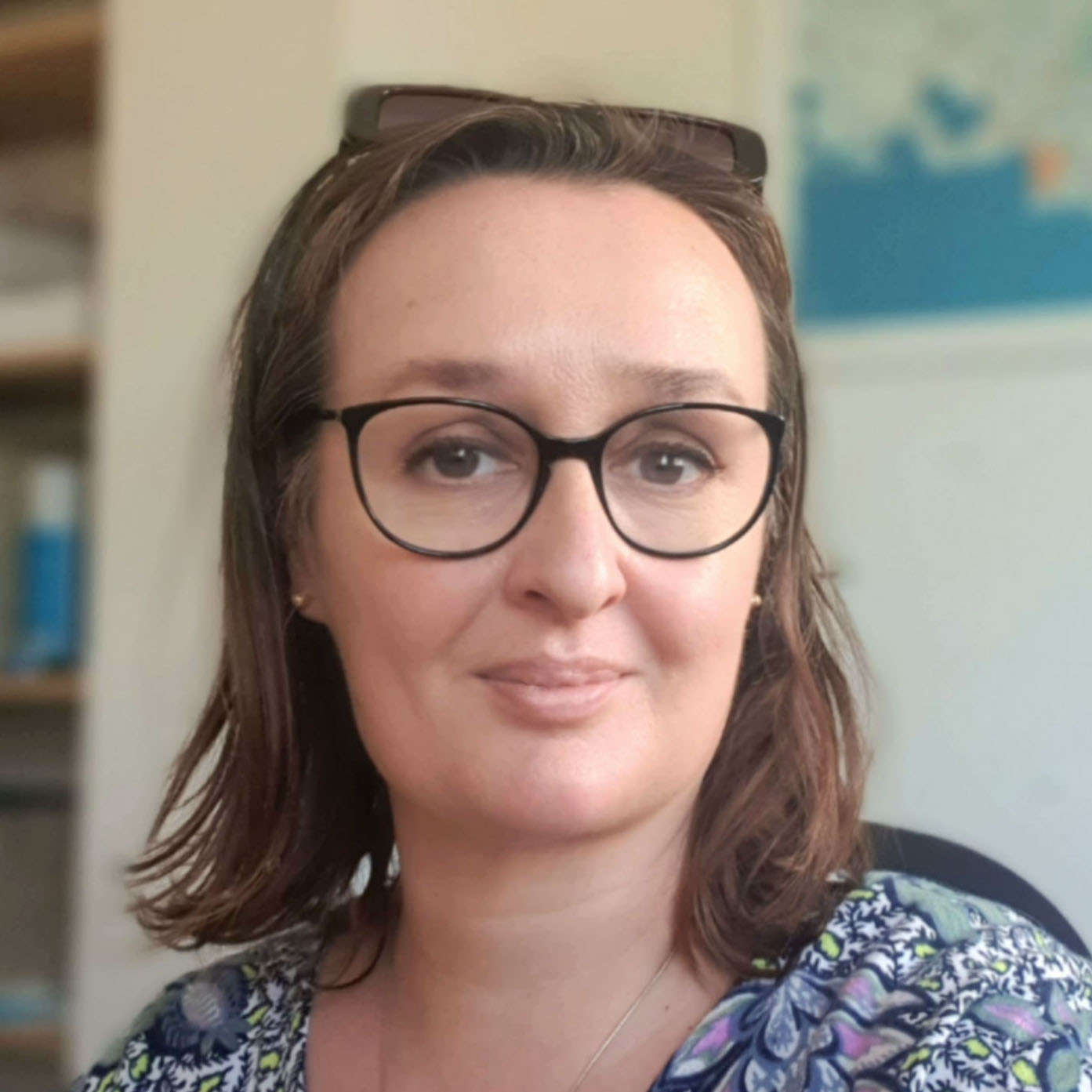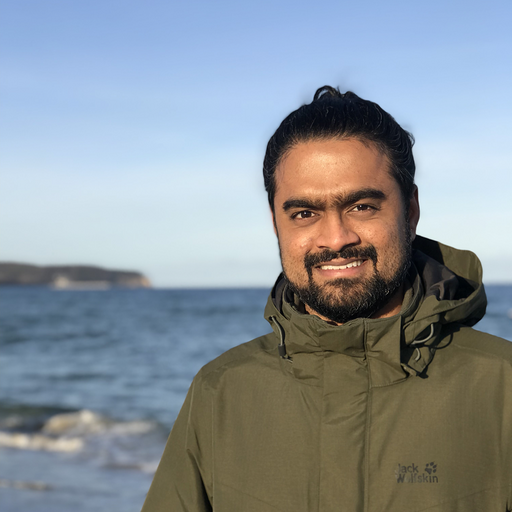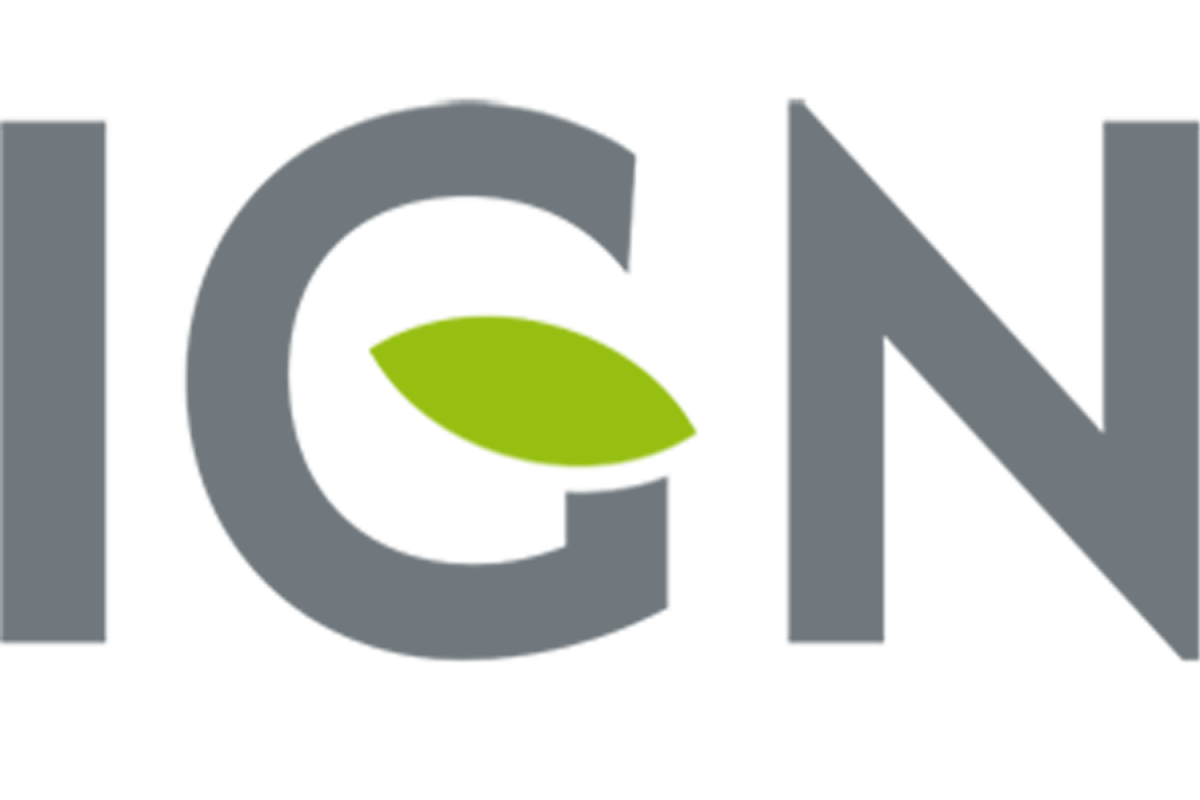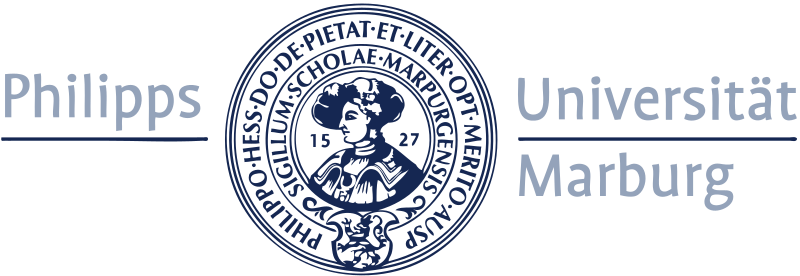Keynotes
Keynote 1
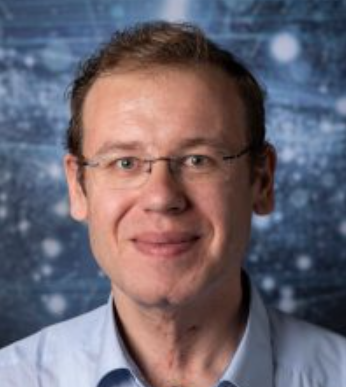
Prof. Dr.-Ing. habil. Andreas Maier
was born on 26th of November 1980 in Erlangen. He studied Computer Science, graduated in 2005, and received his PhD in 2009. From 2005 to 2009 he was working at the Pattern Recognition Lab at the Computer Science Department of the University of Erlangen-Nuremberg. His major research subject was medical signal processing in speech data. In this period, he developed the first online speech intelligibility assessment tool – PEAKS – that has been used to analyze over 4.000 patient and control subjects so far.
From 2009 to 2010, he started working on flat-panel C-arm CT as post-doctoral fellow at the Radiological Sciences Laboratory in the Department of Radiology at the Stanford University. From 2011 to 2012 he joined Siemens Healthcare as innovation project manager and was responsible for reconstruction topics in the Angiography and X-ray business unit.
In 2012, he returned the University of Erlangen-Nuremberg as head of the Medical Reconstruction Group at the Pattern Recognition lab. In 2015 he became professor and head of the Pattern Recognition Lab. Since 2016, he is member of the steering committee of the European Time Machine Consortium. In 2018, he was awarded an ERC Synergy Grant “4D nanoscope”. Current research interests focuses on medical imaging, image and audio processing, digital humanities, and interpretable machine learning and the use of known operators.
Talk Title:
Building Blocks for a Virtual Time MachineAbstract:
Time travel is an old dream of mankind that is fuelled by fascination and curiosity. Of course, such a journey through time goes far beyond our physical possibilities today. Historical science largely recapitulates the past using text, while the creative industry reproduces it as a more or less well-researched fiction. The Time Machine Initiative has now taken on the task of digitizing and processing the cultural heritage on a large scale in order to create new virtual accesses to the past, which - taking into account the fragmentary tradition - come close to a journey through time. In a large-scale interdisciplinary and trans-European research project, a kind of edition of European history is to be created which, as a data-saturated reconstruction, can create a new form of comprehensibility and experience. The time machine would therefore be a virtual research environment, the results of which would also be communicated directly and immersively to a broader public. In the presentation, we will briefly describe the project and present concrete research results that have been obtained in this direction ranging from book CT, over art image analysis up to writer and font identification.Keynote 2
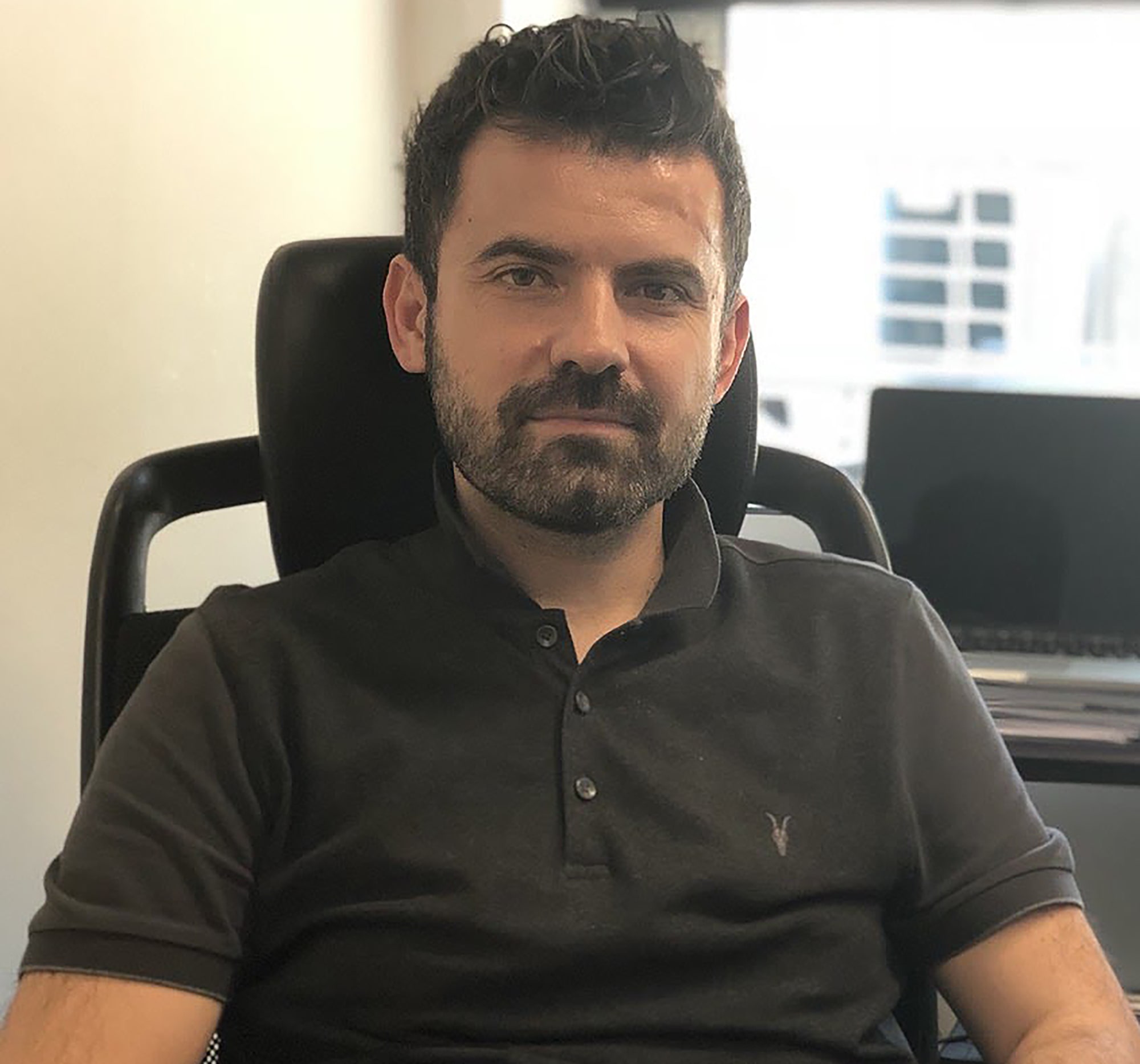
Prof. Georgios Artopoulos
works at Science and Technology in Archaeology and Culture Research Center, Cyprus Institute on immersive and virtual environments, urban modeling and digital simulation for the study of built heritage and the creative exploration of historical narratives. Georgios holds a Master of Philosophy and a PhD, University of Cambridge (UK) with a Doctoral Award from the Arts and Humanities Research Council.
Together with the team of Virtual Environments Lab, at the CyI, Georgios is developing ICT-enabled user-driven tools for social resilience and inclusion, with an application in historical context. The social aspects of historic space and the cross-disciplinary nature of the pressing challenges facing our cities are explored through the externally funded projects he is contributing to or coordinating (under H2020, ENI-CBC-MED, and Cyprus Research and Innovation Foundation frameworks), his role as a co-Head of Virtual Competency Centre e-Infrastructure of the DARIAH ERIC, and as a Member of the Scientific Advisory Board of JPI Urban Europe, where he works on matters of sustainable and liveable cities and urban areas. His work was presented in the International Exhibition Computational Turn in Architecture, MAV, Marseille; Seoul Biennale of Architecture and Urbanism 2017; Hong Kong and Shenzhen Bi-City Biennale of Architecture and Urbanism; 63rd Venice Film Festival, La Biennale di Venezia; Royal Institute of British Architects, London; London Design Festival; Festival of Architecture 2018, Israel.
